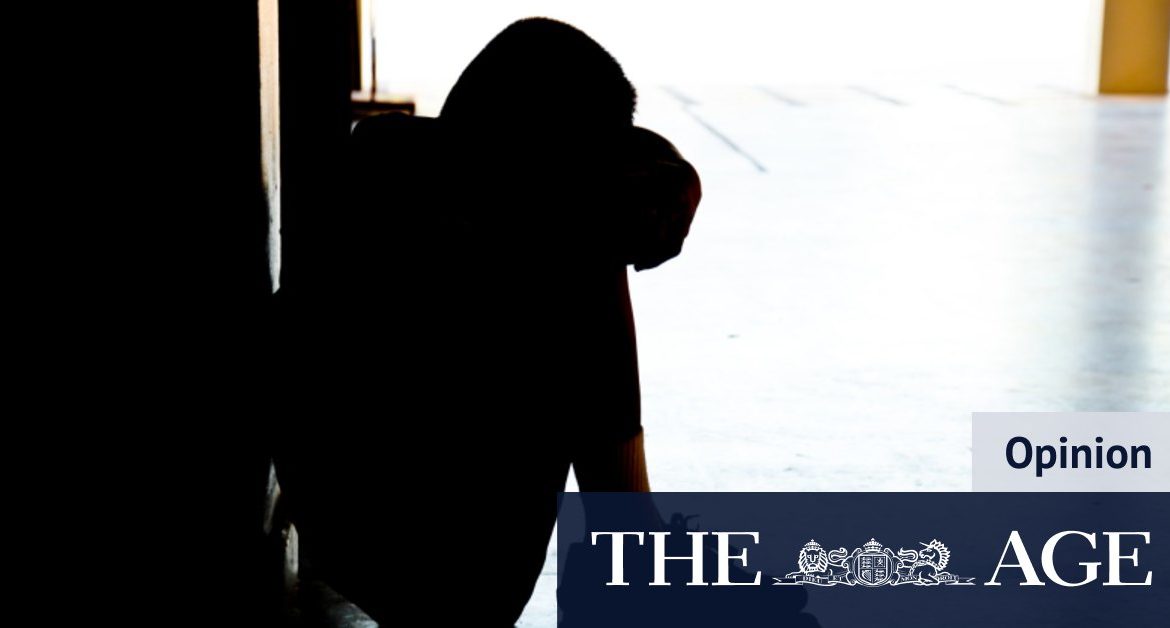For all the talk (and hope) of watersheds, catalysts for change and pivotal moments, the momentum stalled, change and reform was frustrated, and the kids have remained in danger.
Loading
There have been three subsequent and substantial reviews of NSW’s child protection sys
tem in the 12 years since Justice Wood’s report: the Tune review (2016), the Donnelly inquiry (2017) and Family is Culture (2019).
Like Wood’s before them, those three reports have also made recommendations about the need for whole-of-system reform in, and independent oversight of, the child protection system in NSW.
All four reports made findings about the need to focus on funding early intervention and prevention services to stop kids getting into crisis in the first place, instead of focusing all of the attention on the children who reached the crisis point.
Treat the cause not the symptoms. Fix the net not just the people who fall through it. Pick your analogy, the point being the system is broken and we need to redesign both the way we provide universal prevention services to families as well the way potentially vulnerable children are reported and assessed.
Meanwhile, over the past four years alone, the number of kids reported at risk of significant harm via the child protection helpline, including by mandatory reporters, who have not received even a call back let alone actual help, has increased from 54,577 unanswered calls, to 77,026 unanswered calls.
And yet all of these recommendations, and many others, have not been implemented.
In fact, less than two thirds of recommendations from the past four NSW inquiries into protecting vulnerable young children have been fully or mostly implemented.
That’s the key finding of new, independent research conducted for Fams by the Urbis Economic and Social Advisory team which, with some irony, forms the basis of our latest submission to the latest (fifth) independent review of the child protection system in NSW, under way right now.
The inquiry is being led by the NSW Parliament’s Committee on Children and Young People and is considering, among other things, the roles of different agencies of government, and evidence-based prevention and early intervention responses for these vulnerable children and families. Again.
I am not saying that the heart of every one of those committee members is not in the right place, but the sector already knows what we need and what to do.
A NSW parliamentary committee will examine child protection again.Credit:James Alcock
The tangible, actionable and already recommended – four times no less – best thing we can do is focus on funding and delivering early intervention and prevention services, instead of letting kids and families get to the crisis point, and then scrambling.
It is Einstein who is usually credited with coining the phase, “the definition of insanity is doing the same thing over and over again and expecting a different result”, but you don’t need to be Einstein to see fault with the current child protection policy merry-go-round of inquire, submit, report, repeat.
Loading
The coronavirus crisis saw the NSW government, bureaucracy and our sector work in lockstep to fend off the potential disaster caused by there being less eyes on vulnerable children during lockdown. We proved yet again that we can help families at the very pointy end, albeit on a scale unimagined before.
Now let’s have an equivalent joint funding and policy effort on guaranteeing every child and family gets the right response in the right place at the right time.
If 77,000 children held hands, they would stretch almost 100 kilometres. Surely, that is a long enough line in the sand.
Julie Hourigan Ruse is chief executive for Fams, the peak advocacy body in NSW whose aim is to support the delivery of services to vulnerable children, young people and their families.
Most Viewed in Politics
Loading







